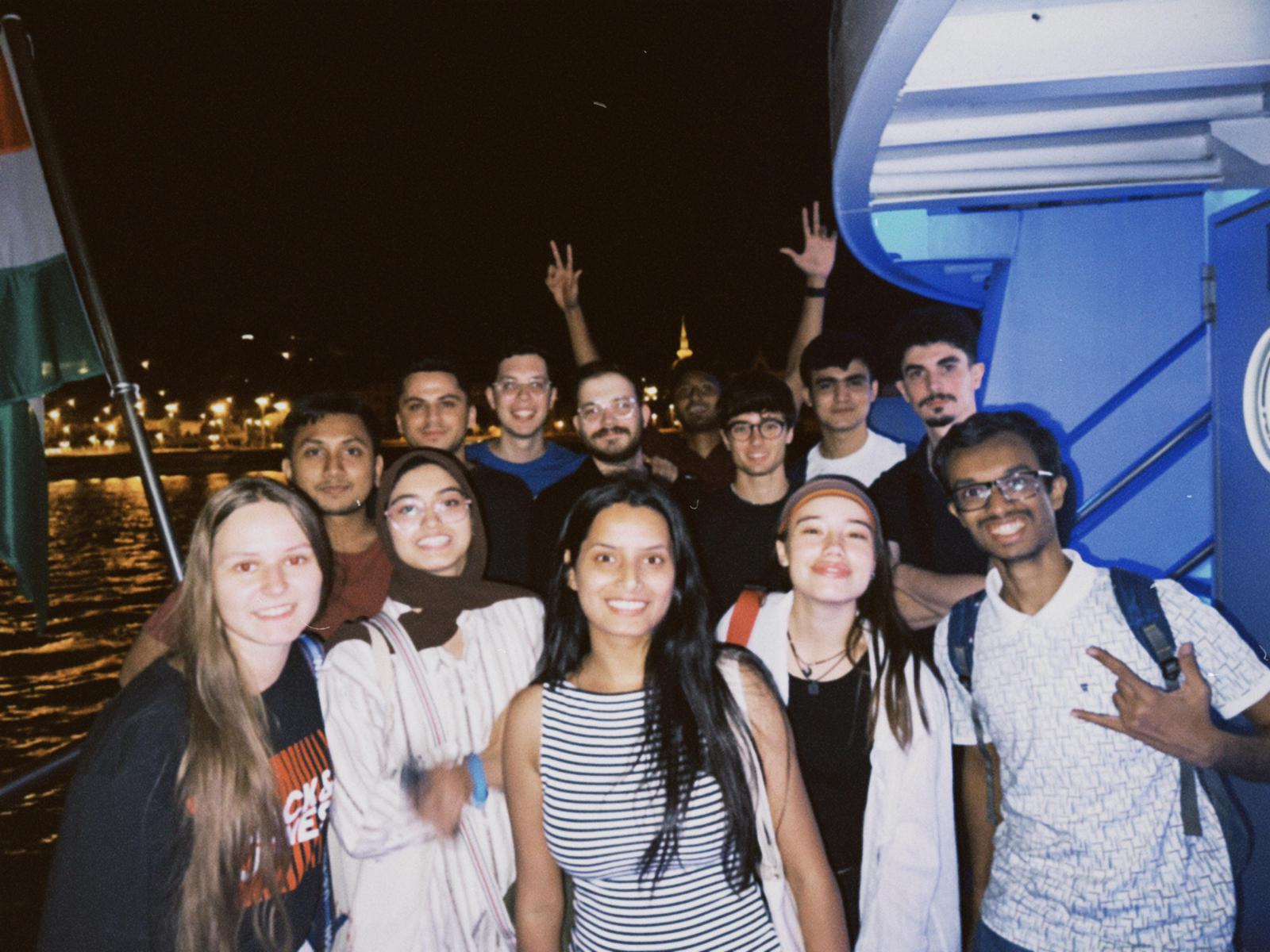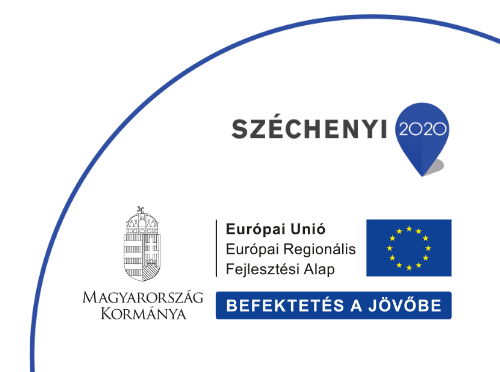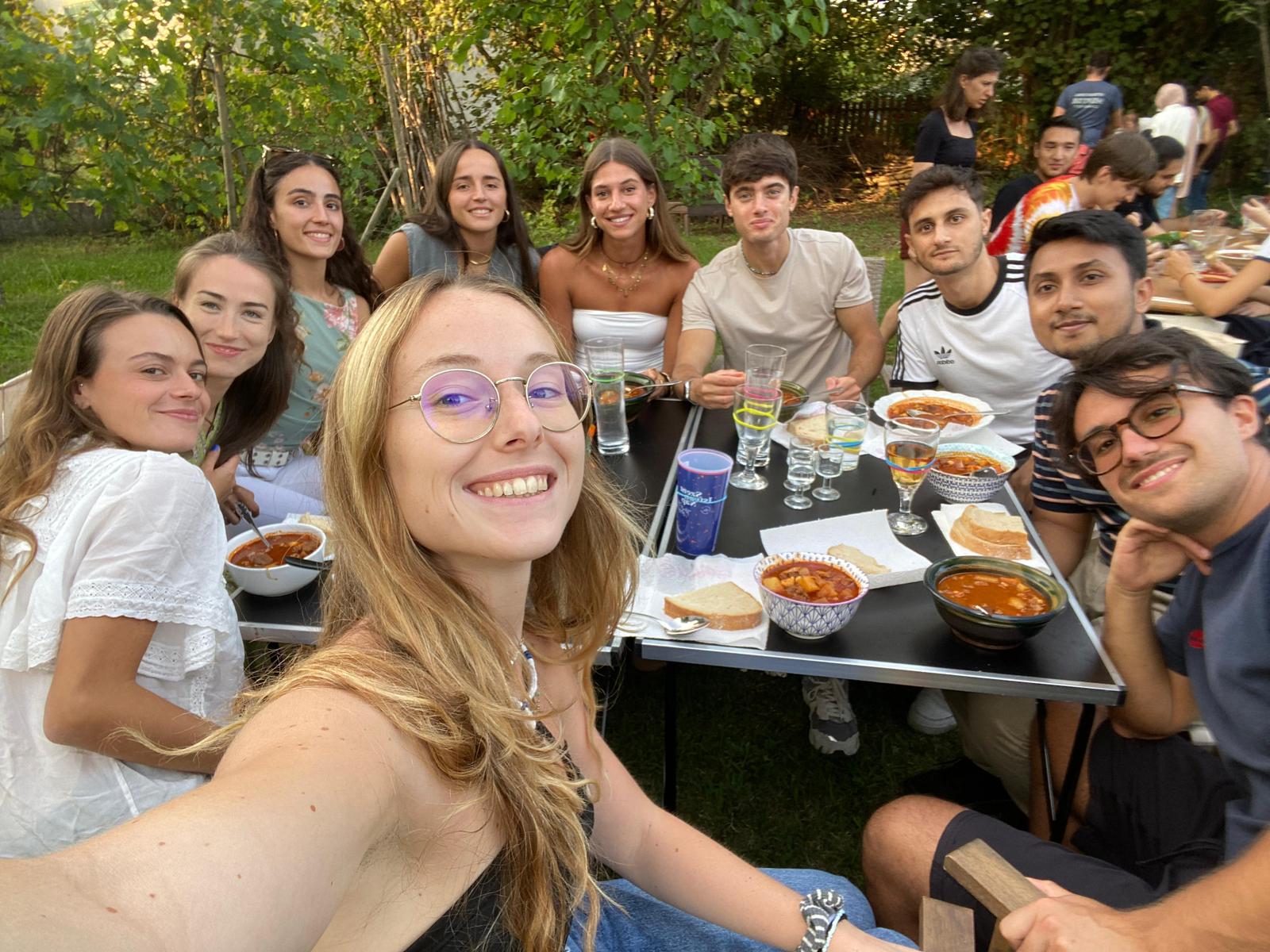
First days at university always arrive with a feeling of newness — from the unexplored hallways of the Faculty to the unfamiliar faces. Everyone and everything is a stranger. It is thrilling, it is scary.
Monday morning welcomed the international students to their studies at Pázmány Péter Catholic University. These international students included a record influx of Erasmus students and full-time students, all of whom were assigned a mentor to help them adapt to life in Hungary. That morning, as students arrived, the main hall hummed with anticipation. Incipient friendships hung in the air. A new life was unfolding for each and every student.
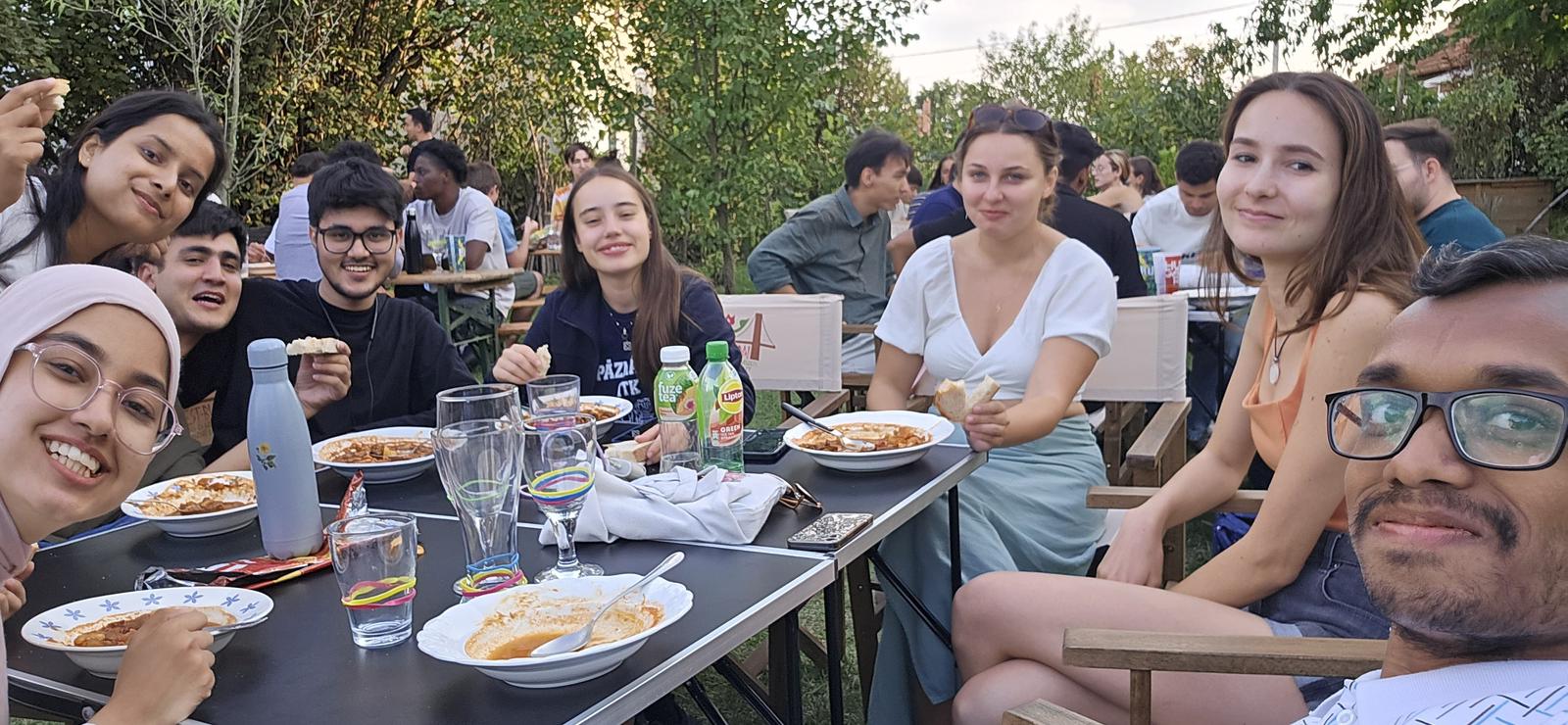
Day One
The first thing, an essential element of the orientation week, was acquiring NEK data sheets for the students. The NEK data sheet is a unique, 16-character identification number in Hungary, a component of the National Unified Card System that is issued at government offices. It is essential for applying for official documents, particularly a permanent student ID card in Hungary. The students were thrown into Hungarian bureaucracy, along with the mentors, who aided students in this administrative affair.
When asked about any challenges he faced during his first week at Pázmány, Biswarup, an international student, said: “The government building, although the mentors were super helpful, so it was less hectic.”
A government office is an unlikely setting for new friendships to arise. However, they did, over a discussion about everyone’s countries of origin — their customs, their cultural differences. As they waited to be seen, an unexpected opportunity to connect with other students arose. They not only acquired these data sheets, but also new insights into their fellow international students.
The orientation week didn’t solely consist of administrative affairs; there were several social activities for students to participate in. One of these activities was laser tag in Grund, a ruin bar in Budapest, which is well-liked among students for their discounts. An energetic team-building exercise, laser tag was as thrilling as it was exhausting.
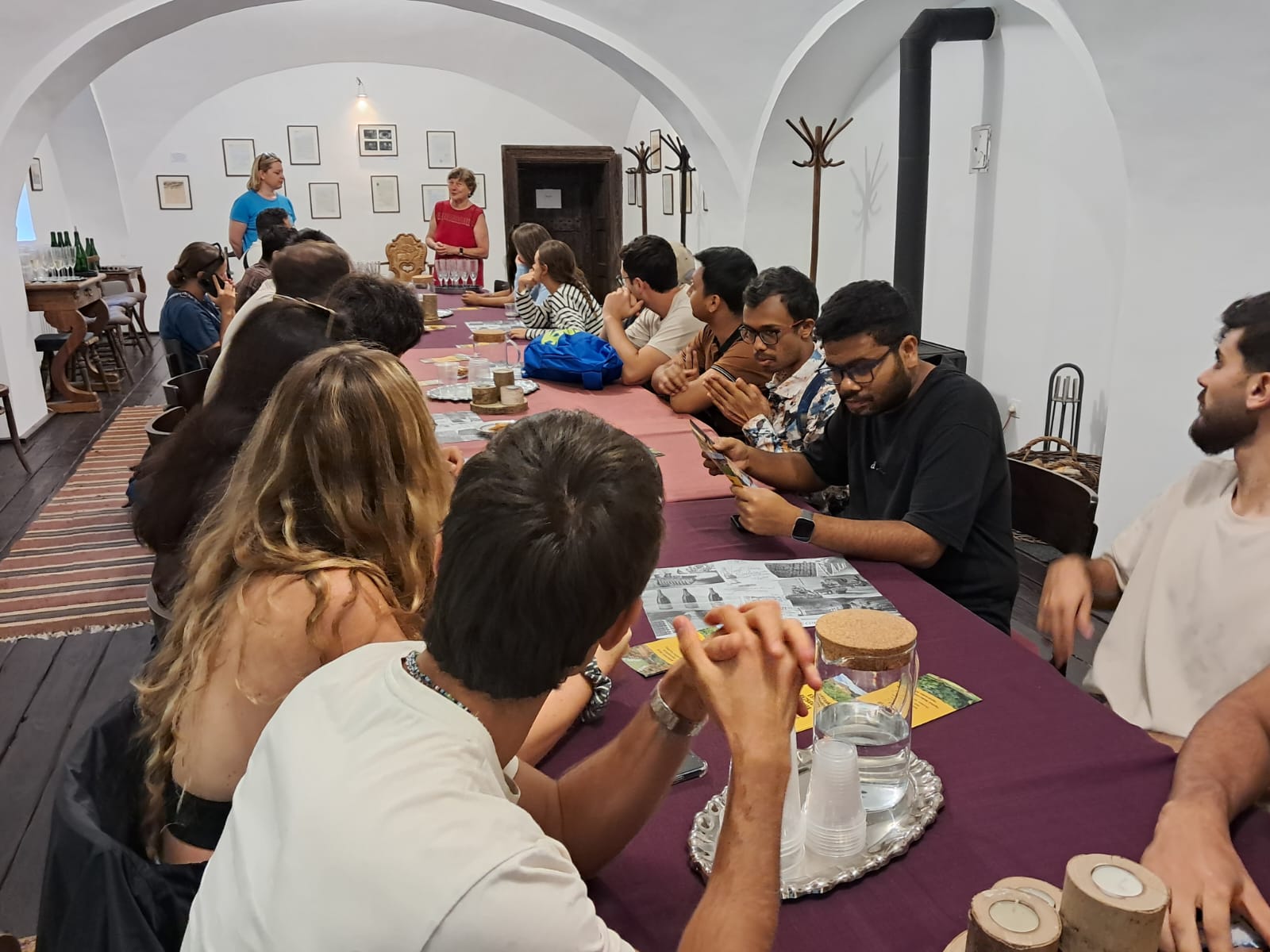
Day Two
On the second day of our orientation week, students were integrated into the Hungarian academic IT system. The mentors instructed them on using Neptun, a system used in Hungary for managing academic and administrative tasks. The class was a useful opportunity for students to ask questions or discuss any administrative issues they were dealing with. Throughout the week, the mentors were heavily involved in all activities, ensuring the well-being of the other students.
“I had some challenges, especially moving into my apartment,” one student confessed, “but my mentor was a nice help.”
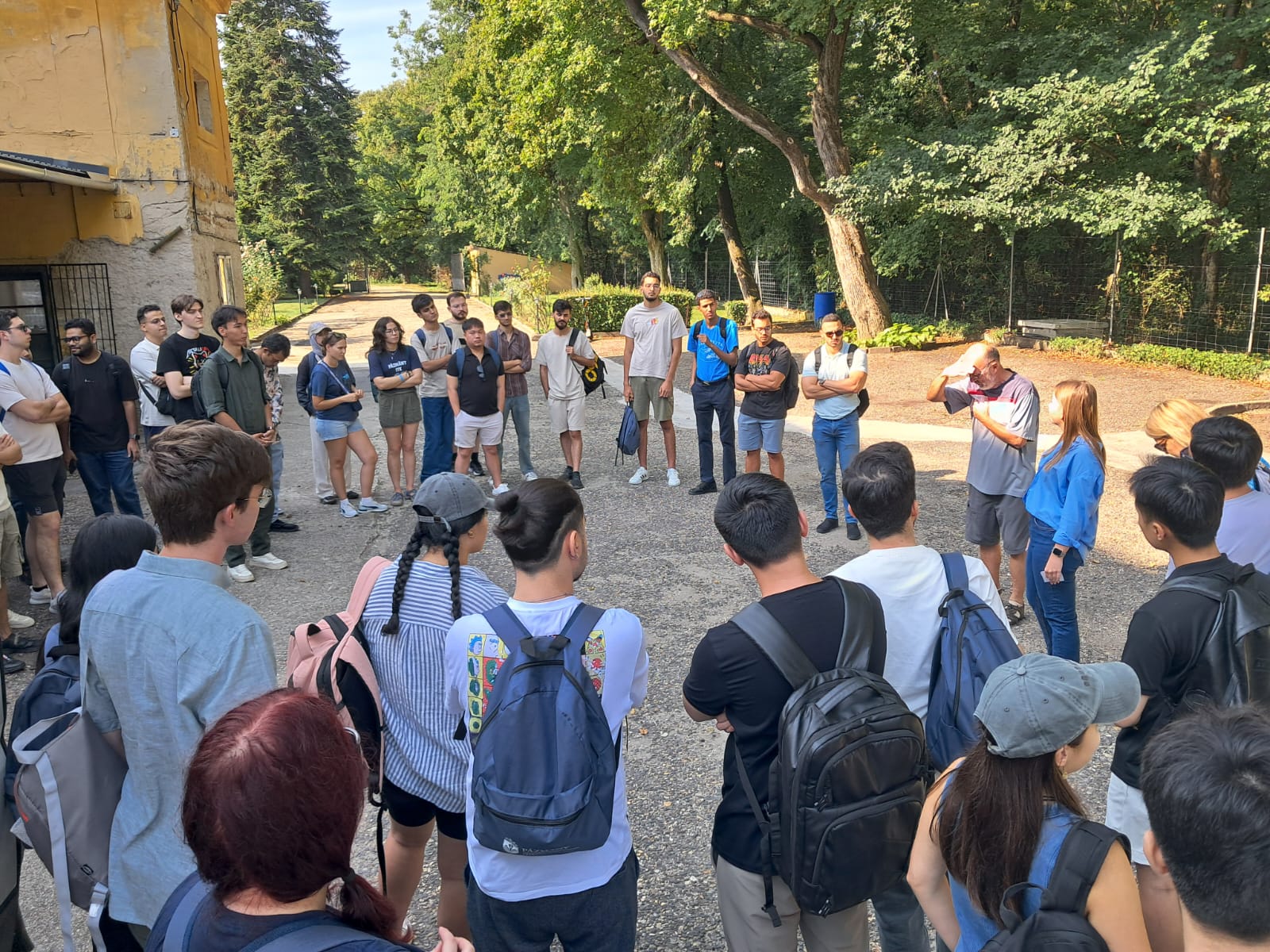
Day Three
The third day of the orientation week saw a sunset boat ride on the Danube. Students met at 7 pm at the Faculty, where the mentors waited to lead the way towards the metro station. The metro station was a new system for many of the international students, who had only arrived in Hungary a few days ago. Fortunately, all of the mentors were informed about the Hungarian transport system and were eager to assist students in acquiring their travel passes.
The students got off at Ferenciek tere and walked towards the Danube, often stopping to admire the aliveness of downtown Budapest. The September sun was setting over Széchenyi Chain Bridge, the air carrying the warmth of late summer. On the boat, students were handed headphones, which would inform them of the history of everything they saw as they sailed down the Danube. Students were not only seeing the architectural feats which stretch across this historical river, but also becoming enlightened with the historical context surrounding them. The Parliament, gleaming yellow in the night, was a testament to the great architecture of Hungary, with everyone on the boat transfixed by its grandeur:
“It is one of the greatest feats of architecture in all of Europe,” Oliver, a first-year IPCV student, told me.
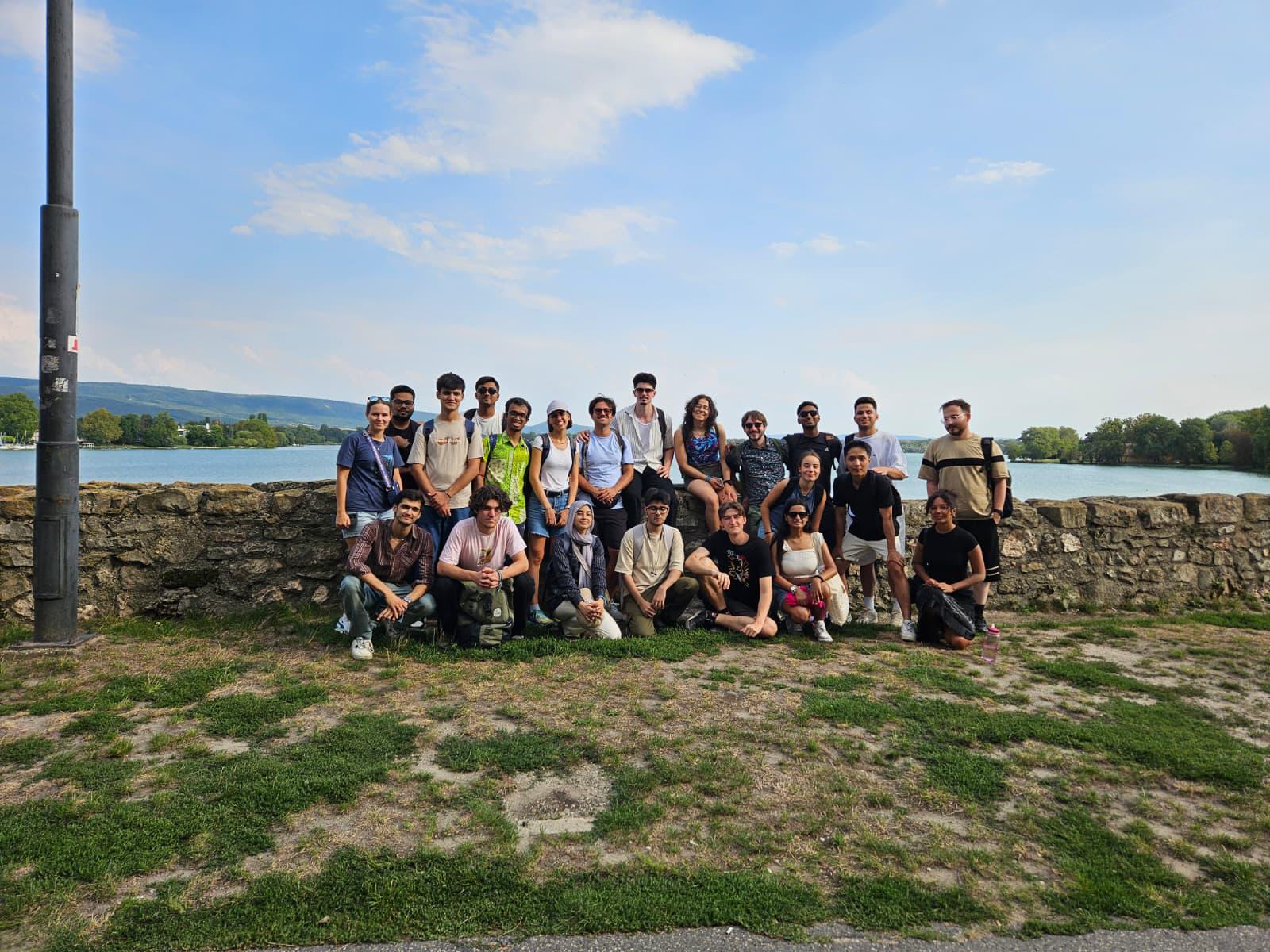
Day Four
On the evening of our fourth day, students learned traditional Hungarian folk dances. These dances were accompanied by a professional instructor and a band. That evening, there were a lot of miscalculated steps and a lot of laughter:
“The folk dance event made me laugh a lot and broke the ice with most of my classmates.”
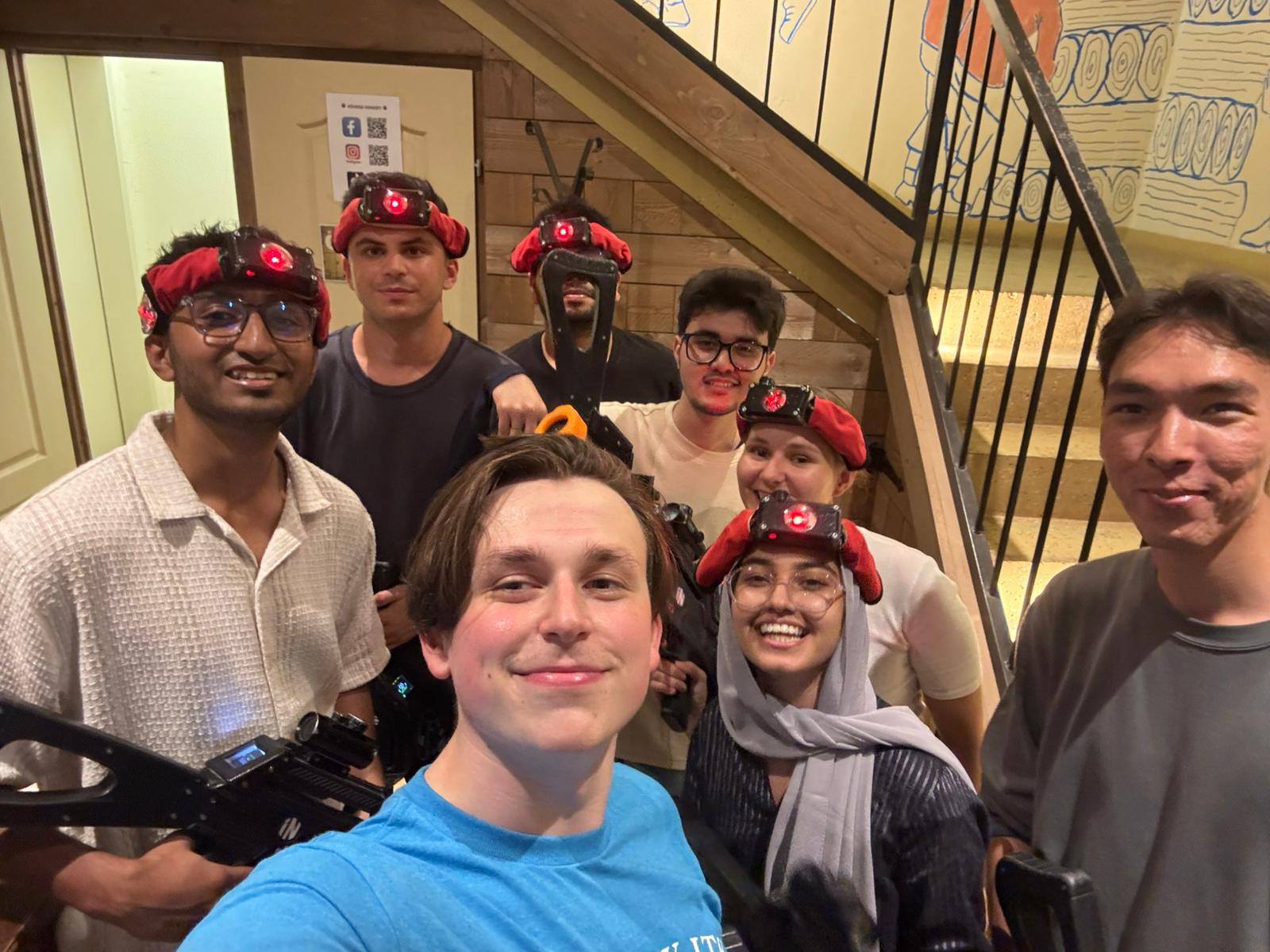
Day Five
On Friday, the final day, students visited the town of Tata. They met at Déli Pályaudvar, which is easily accessible by metro. There, they took an hour’s train to the final destination, Tata, the “city of lakes”. They were greeted by members of the Esterházy Champagne Factory, who took them on a guided tour of the historical factory.
Afterwards, students exerted themselves in a highly competitive rowing competition on Lake Öreg. Then it was time for a hearty lunch by the lake, as the Castle of Esterházy loomed beyond. Although the official program had ended after lunch, many students stayed a while in Tata to engage in some sightseeing. They trekked up to the Castle of Esterházy to see it in all its old nobility. The week ended with many students splashing around Lake Öreg to cool off in the late summer heat.
“I loved Tata. I wasn’t sure if I was interested in visiting the countryside, but after that trip, I might go more often. Travelling with people is also a great way to get to know them, and I’m very grateful the international office could coordinate the whole activity.”
